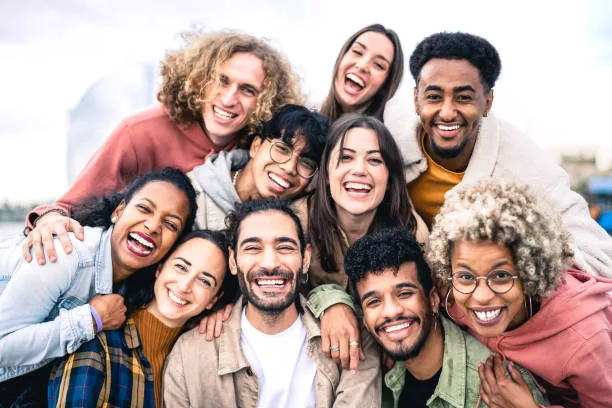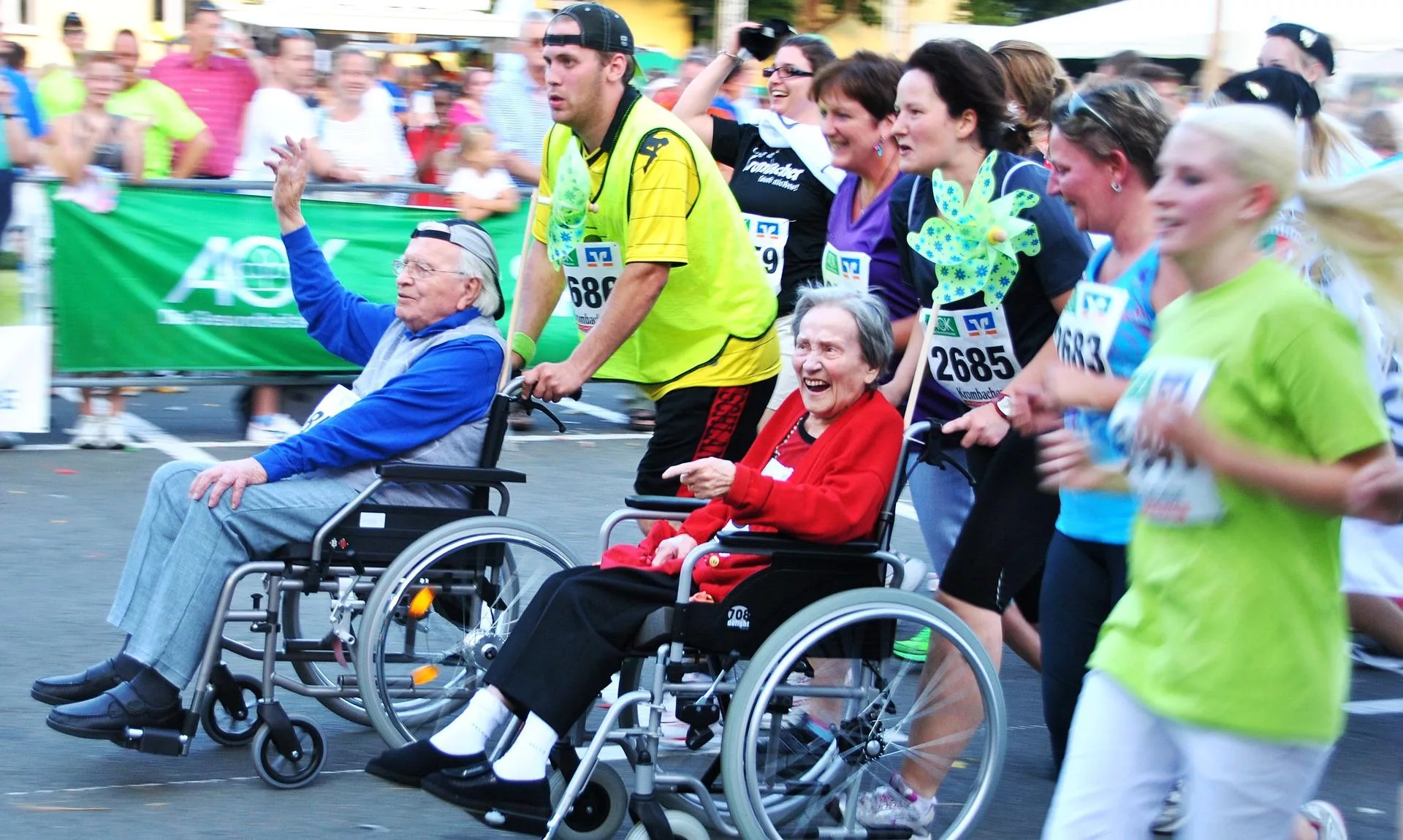
Now’s the time for organizations and nonprofits to highlight inclusivity through their fundraising practices to push for equality, diversity, and inclusion. Create exciting fundraisers and opportunities to include everyone, regardless of their abilities. Whether your supporters have physical, visual, auditory, or cognitive disabilities, they are suffering hidden disabilities such as PTSD or depression, or people living with losses that come with aging, it’s a great chance to engage and secure a generally untapped donor base.
So, start thinking about accessibility, virtual options, and fun engagement strategies to create inclusive fundraising that will not only increase your donor audience but, most importantly, make sure everyone feels welcome.
To help your organization produce inclusive and accessible fundraisers, we’ve compiled a list of 6 best practices and tips, as well as some of the best inclusive fundraising ideas. So, let’s get started!
Why Make Your Fundraiser Inclusive?
There are many reasons to start changing your organization’s fundraising strategies. Here are just a couple of the most important motivations:

- Quite simply, it’s the right thing to do! We’re living in a time where inclusion and accessibility are recognized as rights, not privileges. Set your nonprofit ahead by showing that your organization plans fundraising that embraces everyone.
- You’ll be maximizing your donor audience, not only to supporters with disabilities but also to their friends, family, colleagues, and other organizations and groups that support diversity, equality, and inclusion. This is a great way to optimize awareness for your cause and increase the profitability of your fundraisers.
6 Tips To Make Fundraisers More Inclusive
1. Don’t Listen to Your Unconscious Bias
Considering the individual needs of each supporter is at the very core of planning an inclusive fundraiser. Think about how to incorporate different ages, genders, abilities, religions, and ethnicities. Here are just a few factors to contemplate when planning your fundraising event:

- Choose a venue that’s accessible for all individuals
- Offer non-alcoholic beverages
- Provide special dietary options and label everything to avoid any unwanted confusion
- Don’t assume that everyone attending will have the same aptitudes. Offer various levels of the same activities which will cater to all abilities.
2. Diversify your Organization
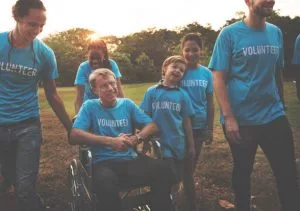
Incorporate inclusion in every aspect of your fundraiser by diversifying your entire organization. From staff to volunteers, to sponsors and keynote speakers, make sure to offer inclusive opportunities within your nonprofit to represent everyone. For example, by encouraging volunteers with disabilities to take on roles similar to those of their peers who don’t have disabilities, you can help them build confidence and break away from social norms. Make everyone welcome to participate and volunteer regardless of ability and give them the opportunity to take part in every aspect of your organization and its fundraisers to the fullest extent possible.
3. Prioritize Accessibility
It’s vital to prioritize accessibility and movement when planning your budget to make your fundraiser inclusive for everyone. Take the following tips into consideration:
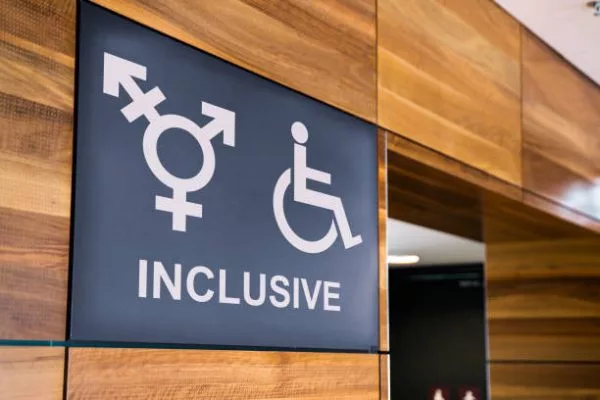
- Make sure all spaces that will be used during your fundraiser (including the restrooms) are accessible for wheelchair and mobility aid users
- Create presentations with the visually and hearing-impaired attendees in mind, for example, include ASL interpreters, captioning, and audio descriptions
- Identify what the best type of lighting is for your fundraiser. It’s wise to avoid strobe lighting, flash photography, and fluorescent lighting as they can often set off certain disabilities. If you do plan on using any of these, be sure to warn your attendees beforehand
- Allocate gender-neutral restrooms to include members of the LGBTQ community and for people who are accompanied by caregivers
- Provide quiet areas or rooms for anyone that needs some downtime or privacy
- Arrange paratransit options for those who require it
- Send out a plan of the event beforehand so people can check the layout in advance and feel more at ease
4. Employ Inclusive Language and Information Materials
Going forward with inclusive fundraising practices, it’s essential to start using inclusive language and information materials to cover everyone’s needs.
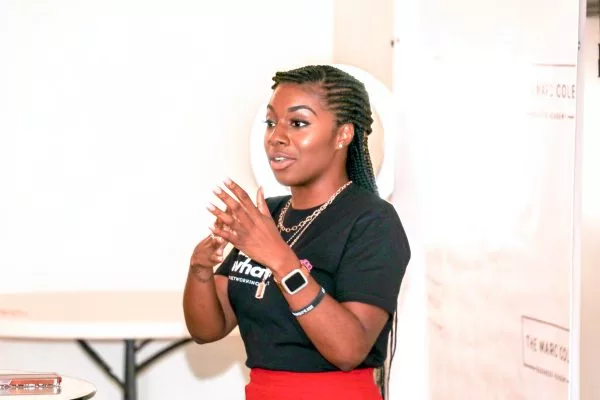
- Offer translations for non-native speakers when possible
- Provide large font and audible materials for the visually and hearing-impaired
- Use all-inclusive terms such as “all” or “everyone”, rather than getting caught up in gender-coded language that might make certain people feel excluded
- Avoid using language that assumes everyone has the same ability. For example, instead of saying “Can everyone please stand up” go with, “If you are able, please stand.”
5. Appoint Event Greeters
From the get-go, make your supporters feel welcomed, at ease, and appreciated for attending your fundraiser. This can be especially important for introverted or invisible disability participants, who may be feeling extra nervous about being part of a large event. Get your volunteer greeters to welcome everyone in the same way, ensure inclusivity, and answer any questions or doubts they might have from the start. If your donors are given a boost of confidence and feel at ease from the beginning, they’re sure to experience a great fundraiser, which is key for your organization.

6. Collect Data To Improve Future Events
How can you improve on something if you don’t know where you went wrong? By collecting and analyzing invaluable event data which measures the impact of your fundraiser, your organization will be able to grow and further improve inclusion practices for future events. Ask people to leave comments and suggestions on what they enjoyed about your event and also how it could have been improved. Collect contact details so that you can personally thank them for their donations and participation and to tell them about upcoming fundraisers.
Best Inclusive Fundraising Ideas For Everyone
Here are some of our best fundraising ideas to promote inclusive philanthropy.
Go Virtual
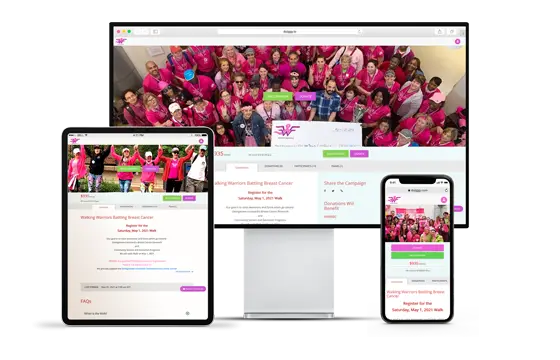
For the supporters that are unable to attend your fundraiser for any reason, make live streaming or video conferencing available. Virtual and hybrid fundraising options are a great way to include everyone of all abilities in the comfort of their homes.
Remember to be aware that not everyone has access to tech and/or the internet. Think about setting up fundraising hubs, where people can get together and gain access to all of this so they can participate.
Have Something For Everyone

One of the best ways to make your fundraiser inclusive is by organizing an event that offers activities for everyone of all abilities. And what better way to achieve this than by planning a summer fair. From arts and crafts stands, to tombolas, to freshly baked goods, to guessing games, and face painting, a summer fair provides the perfect all-inclusive atmosphere. Simply ask for a small entrance fee and then let everyone take part in their favorite activities. To encourage even more participation from everyone, offer various levels of the same activities which will cater to all abilities.
Remember to prioritize accessibility for wheelchair and mobility users when you are choosing your summer fair venue. Maybe consider a large hall, sports/youth center, or school playground rather than a field unless you are able to make it wheelchair and mobility user friendly.
Host a Sponsored Move-a-Thon

Organizing a fun and engaging move-a-thon fundraiser is a great way to raise funds, build awareness for your cause, and encourage inclusion. The beauty of a move-a-thon is how flexible and diverse it is while including people of all ages and abilities. A move-a-thon fundraiser is a celebration of movement, giving participants the opportunity to have fun moving by means of walking, running, swimming, dancing, rolling, and playing to raise money for a worthy cause. So basically you choose a way of moving, get sponsored for it, and start having fun! They can be outdoor events with friends, family, coworkers, and classmates or virtual and hybrid campaigns, where individuals complete their chosen movement at their own convenience, wherever they are.
Check out our peer to peer fundraising page for more great fundraising ideas.
Try Raffles and Auctions

Raffles and auctions are a great way to add non-physical fundraising challenges into the mix. Anyone and everyone can take part in a raffle or auction which makes it perfect for inclusive fundraising. They are also incredibly flexible events that work well both as physical and virtual fundraisers. Why not hold an auction in conjunction with another fundraising event such as a dinner party, gala or quiz night? This way you can double down on profitability and extend your outreach to spread more awareness for your cause.
Tip: Remember to choose raffle and auction prizes that everyone can benefit from and offer mobile giving to ensure the bidding continues seamlessly during the live event.
Conclusions on Inclusive Fundraising
If not now, then when will things change to get more people involved in inclusive philanthropy? So many positive outcomes can be achieved by opening up your organization’s mindset and pushing forward with all-inclusive and diverse fundraising. So now’s the time for your nonprofit to steam ahead, start advocating opportunities, equity, and inclusion for everyone and see the benefits, not only for your organization and cause but for everyone involved.
